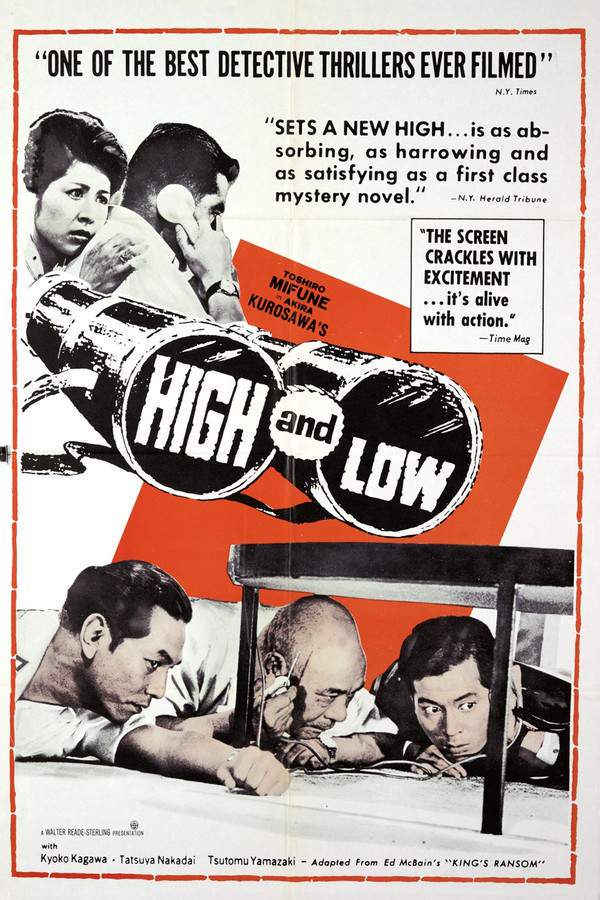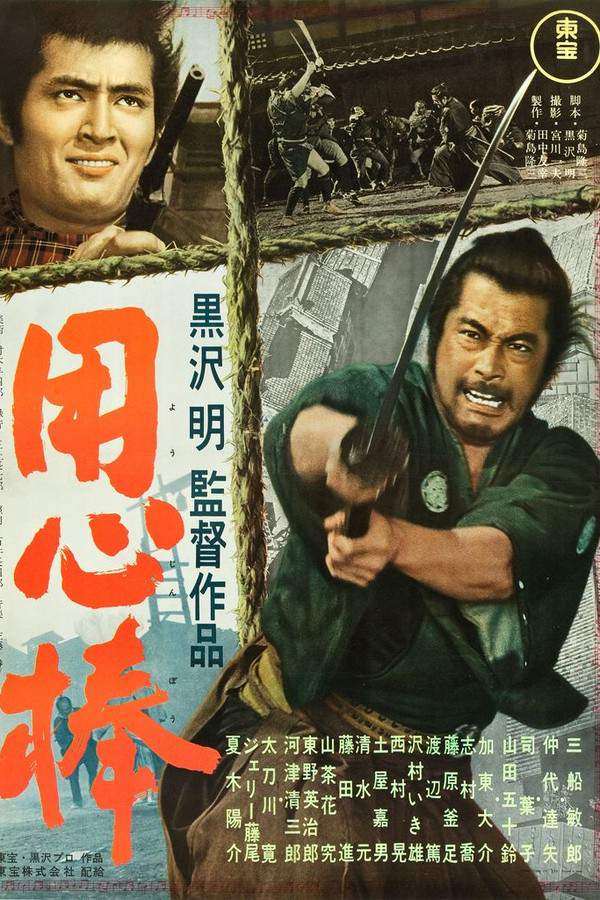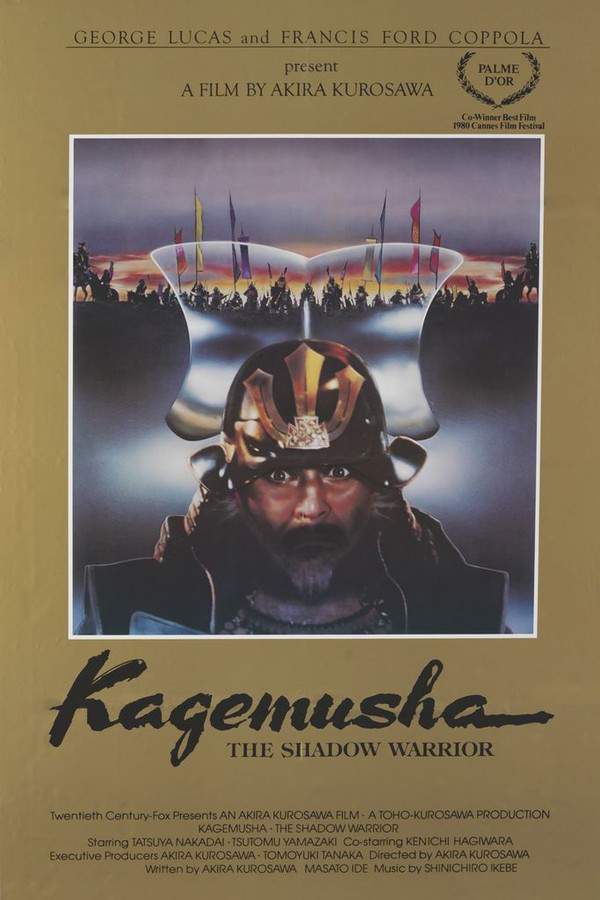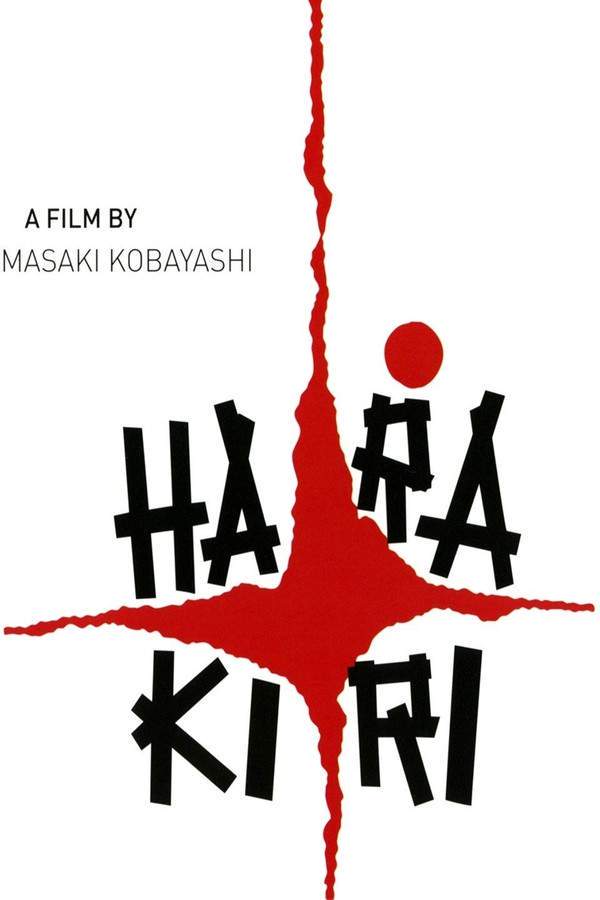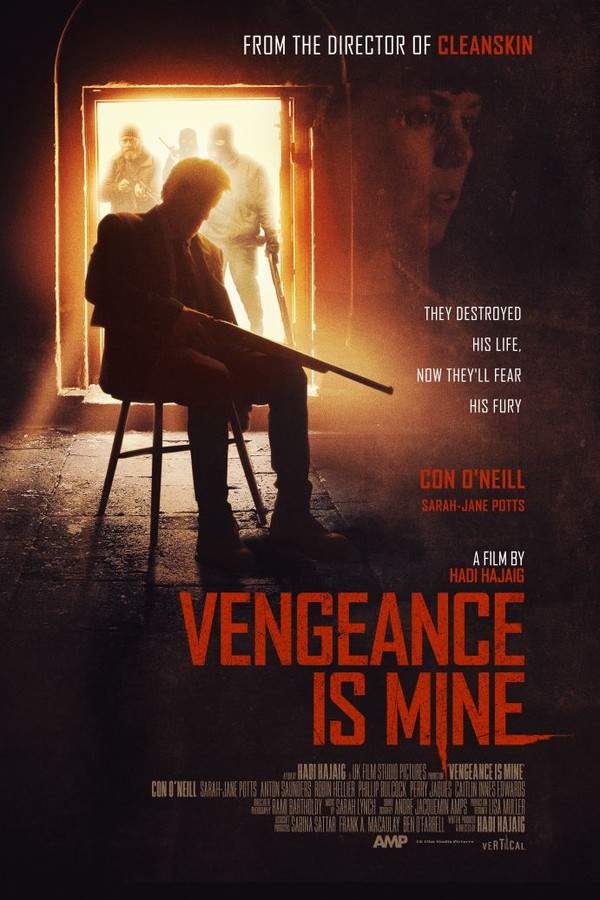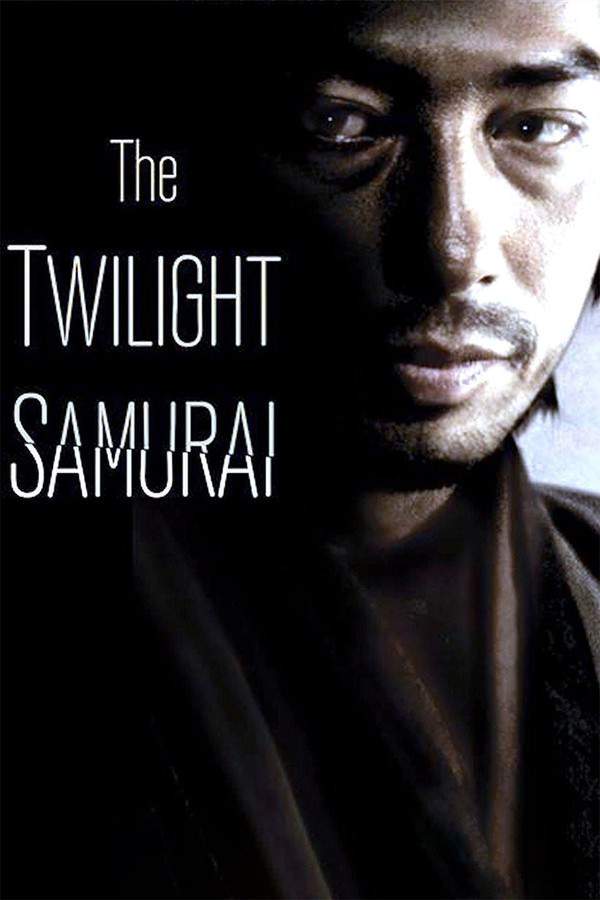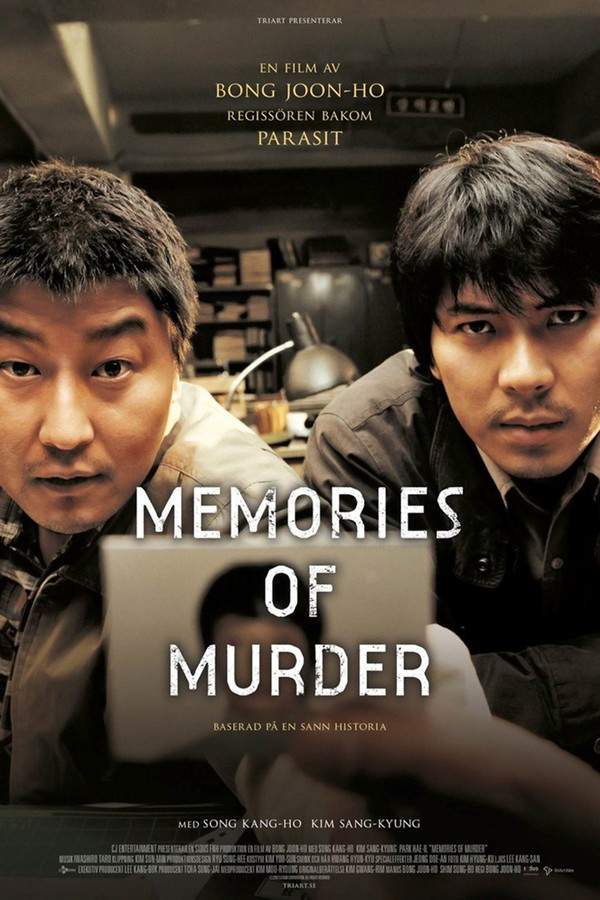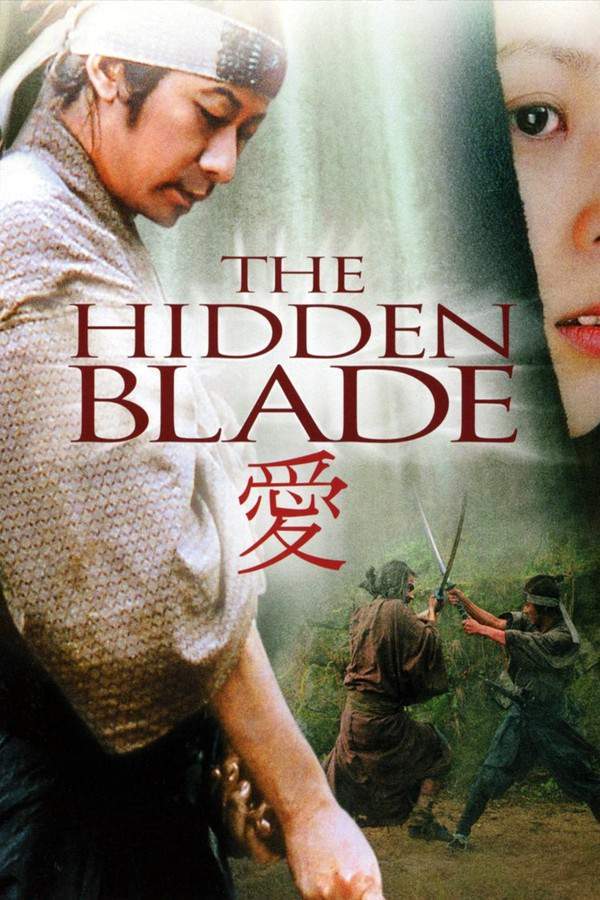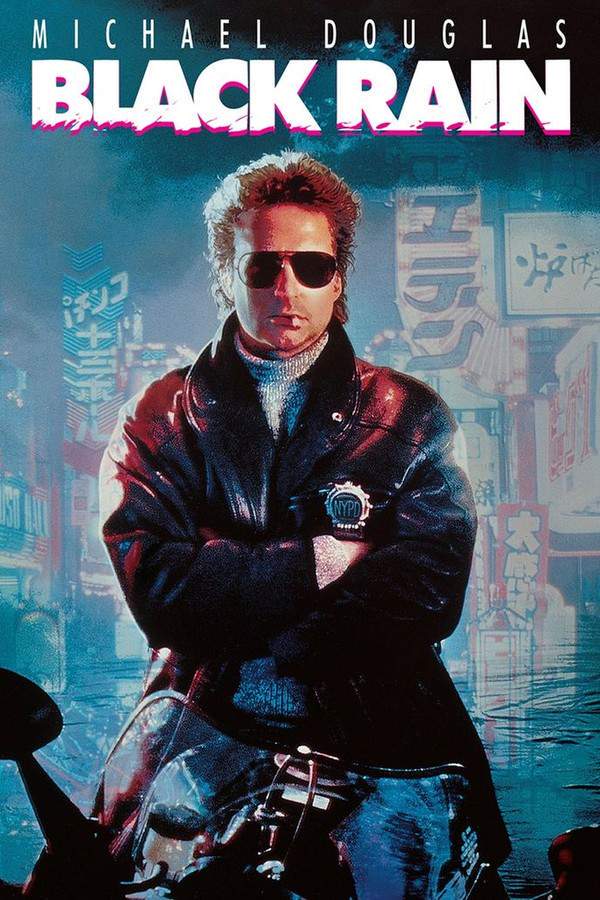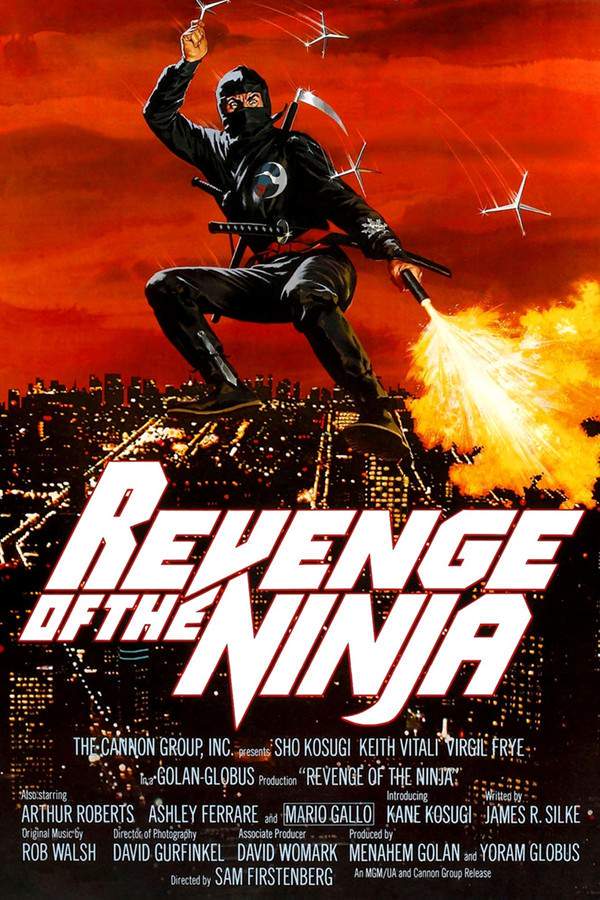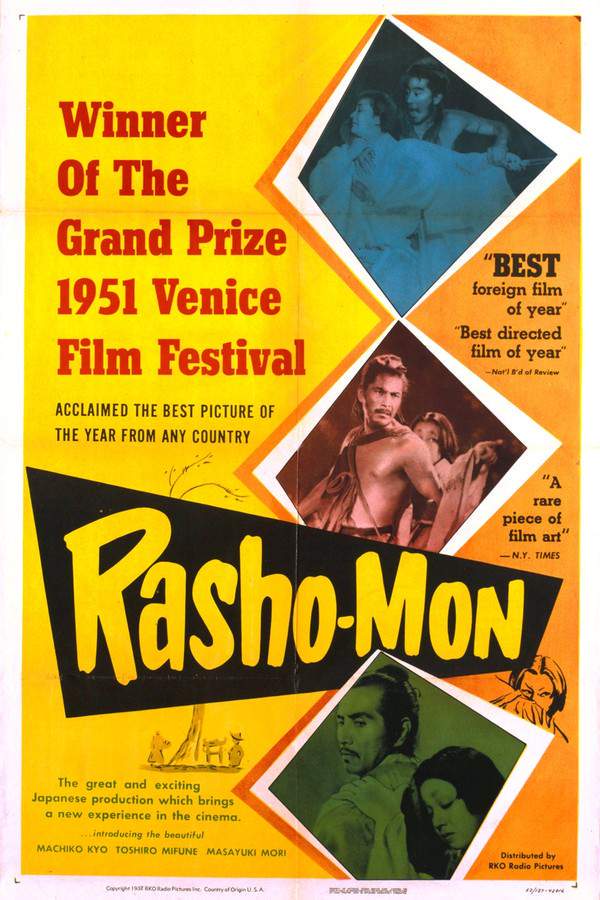
Rashomon
Year: 1951
Runtime: 88 min
Language: Japanese
Director: Akira Kurosawa
A samurai's murder in feudal Japan is recounted through four conflicting accounts—the victim's ghost, the samurai's wife, a bandit, and the samurai himself. Each version of events offers a different motive and perspective, raising profound questions about the subjectivity of truth and the fallibility of human memory. The film explores the complexities of morality and the elusive nature of reality, challenging viewers to question what they believe.
Warning: spoilers below!
Haven’t seen Rashomon yet? This summary contains major spoilers. Bookmark the page, watch the movie, and come back for the full breakdown. If you're ready, scroll on and relive the story!
Rashomon (1951) – Full Plot Summary & Ending Explained
Read the complete plot breakdown of Rashomon (1951), including all key story events, major twists, and the ending explained in detail. Discover what really happened—and what it all means.
Sheltering from a rainstorm, a woodcutter, played by Takashi Shimura, and a priest, portrayed by Minoru Chiaki, find themselves in the ruins of the Rashomon gatehouse, pondering the shocking tale they recently encountered at a murder inquiry in a nearby courthouse. Their conversation is interrupted when a commoner, played by Kichijiro Ueda, expresses a keen interest in hearing the unsettling details of the story that has deeply disturbed the priest. The priest laments the incessant disasters of life, stating that despite the countless tragedies he has witnessed, nothing could prepare him for the horror of this particular account. The woodcutter, bewildered by the events surrounding the murder, hopes that the commoner can assist him in unraveling this perplexing tale.
The woodcutter takes the lead in narrating his experience from three days prior, when he ventured into the mountains in search of firewood. As he walked through the forest, the sunbeams danced through the leaves, casting intricate patterns of light and shadow. His exploration leads him to discover a woman’s hat ensnared in a bush, followed by a samurai’s hat and pieces of rope. It is only when he stumbles upon something partially hidden in the leaves that he realizes he has tripped over a corpse. In a panic, he drops everything—including his axe—and flees to report his findings to the authorities, leading him to the courthouse to testify days later.
In a sunlit courtyard, the woodcutter recounts to the court that he was the first to find the body. When questioned about any weapons or pertinent items, he insists he discovered nothing but the hats and a shiny amulet case, hinting at significant details: the rope’s placement near the body and the amulet’s distinctive red lining.
As the narrative unfolds, the priest recounts a sighting from three days earlier, where he saw a samurai, played by Masayuki Mori, traveling with a woman, beautifully portrayed by Machiko Kyô, on a horse, equipped with a sword and bow. This reflection prompts a poignant consideration of life’s fleeting nature, stirring sympathy for the widow now overwhelmed with grief.
The policeman, depicted by Daisuke Katô, appears next, providing testimony that identifies the captured bandit, Toshirô Mifune, renowned as Tajomaru. The policeman shares the moment of his capture and the circumstances surrounding the murder, suggesting Tajomaru fell from the stolen horse during his escape.
Contrary to the policeman’s narrative, the bandit vehemently denies any wrongdoing, asserting that he merely sought a drink from a spring and insists he knows his fate is sealed. With a bold declaration, he confesses to the murder of the samurai, weaving an extravagant tale of how he initially intended to abduct the woman without harming her husband. Through the bandit’s testimony, presented with bravado yet tinged with arrogance, we catch glimpses of his animalistic nature, highlighted by his carelessness and fly-swatting antics.
As the bandit’s story progresses, it includes details of how he ambushed the samurai under the pretense of leading him to a hidden cache, ultimately binding him and luring the wife into the same trap. In an unexpected twist, the woman surprises both men with a fierce attack, though she ultimately succumbs to the bandit’s charm. Following a passionate and conflicted moment, she desires a duel, challenging the men to settle their fates. This request ignites a fierce but chaotic sword fight, culminating in the samurai’s demise at the hands of the bandit.
Amidst the courtroom drama, the wives’ emotional unraveling serves to highlight her vulnerability and tragic predicament. In a heart-wrenching confession, she reveals that after the bandit’s assault, she found herself at a pond, where memories blur as she grapples with the aftermath of violence and betrayal.
The tales continue to intertwine as different perspectives emerge, revealing layers of manipulation and hidden truths, all leading to a confrontation of moral ambiguity. The woodcutter, witnessing these varying accounts, ultimately grapples with his own recollections of that fateful day. After observing the bandit’s desperate pleas for the woman to join him, and her subsequent rejection, he shares a crucial piece of information that casts doubt on the integrity of the testimonies presented.
In the Rashomon gatehouse, after much debate and skepticism, the commoner and the priest confront the harsh realities of human nature, revealing a society steeped in dishonesty and self-preservation. The commoner cynically points out the inherent flaws in humanity, suggesting that perhaps goodness is merely an illusion we grasp in our attempts to cope with uncomfortable truths.
As the rain begins to let up, a baby’s cry from the wild prompts a profound moment of connection between the woodcutter and the priest, revealing their underlying humanity. Despite the woodcutter’s admission of his minor theft, the priest recognizes the goodness within him and, in a heartfelt exchange, they symbolically reconnect with a sense of faith in mankind. The woodcutter departs into the emerging sunlight, embodying a glimmer of hope amidst the lingering shadows of doubt.
Last Updated: May 28, 2025 at 19:07
Unlock the Full Story of Rashomon
Don't stop at just watching — explore Rashomon in full detail. From the complete plot summary and scene-by-scene timeline to character breakdowns, thematic analysis, and a deep dive into the ending — every page helps you truly understand what Rashomon is all about. Plus, discover what's next after the movie.
Rashomon Timeline
Track the full timeline of Rashomon with every major event arranged chronologically. Perfect for decoding non-linear storytelling, flashbacks, or parallel narratives with a clear scene-by-scene breakdown.

Characters, Settings & Themes in Rashomon
Discover the characters, locations, and core themes that shape Rashomon. Get insights into symbolic elements, setting significance, and deeper narrative meaning — ideal for thematic analysis and movie breakdowns.
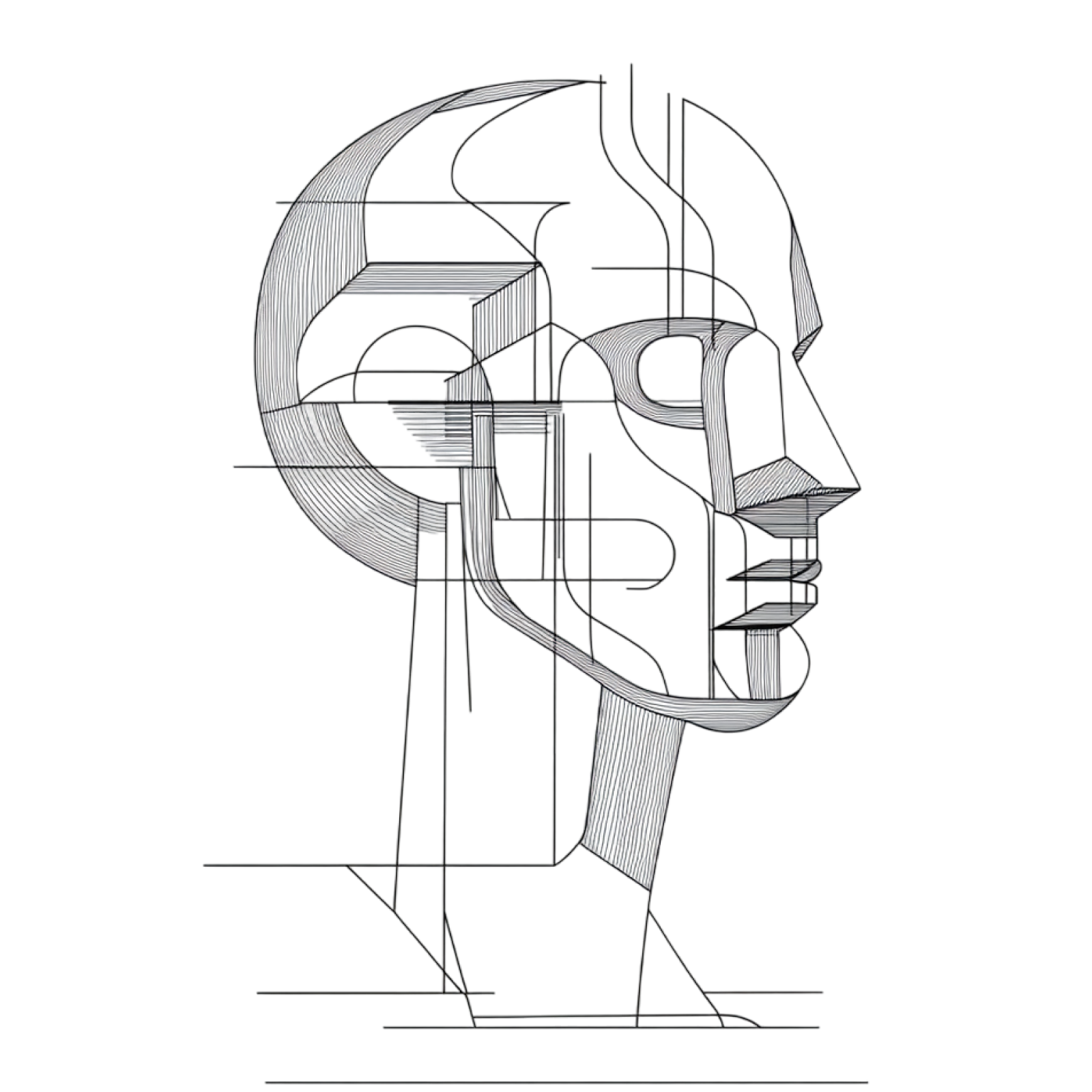
Similar Movies to Rashomon
Discover movies like Rashomon that share similar genres, themes, and storytelling elements. Whether you’re drawn to the atmosphere, character arcs, or plot structure, these curated recommendations will help you explore more films you’ll love.
Explore More About Movie Rashomon
Rashomon (1951) Scene-by-Scene Movie Timeline
Rashomon (1951) Movie Characters, Themes & Settings
Rashomon (1951) Spoiler-Free Summary & Key Flow
Movies Like Rashomon – Similar Titles You’ll Enjoy
High and Low (1963) Spoiler-Packed Plot Recap
Yojimbo (1961) Story Summary & Characters
Kagemusha (1980) Ending Explained & Film Insights
Harakiri (1964) Movie Recap & Themes
Vengeance Is Mine (1979) Detailed Story Recap
The Twilight Samurai (2004) Complete Plot Breakdown
47 Ronin (2013) Film Overview & Timeline
Snow Falling on Cedars (1999) Full Movie Breakdown
Memories of Murder (2005) Ending Explained & Film Insights
The Hidden Blade (2006) Full Movie Breakdown
Hara-Kiri: Death of a Samurai (2012) Film Overview & Timeline
Black Rain (1989) Film Overview & Timeline
Zen Noir (2006) Plot Summary & Ending Explained
Revenge of the Ninja (1983) Full Movie Breakdown



